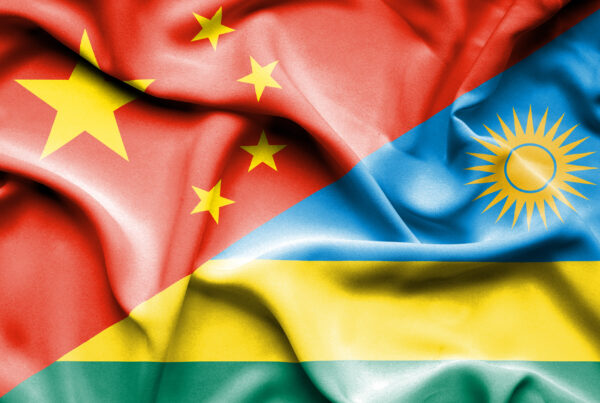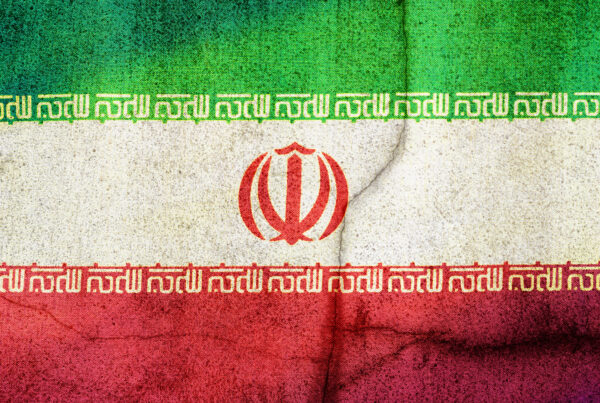Coverage regarding Iran’s growing exports of unmanned aerial vehicles (UAVs), including those recently sent to Russia for use in Ukraine, have generally focused on the Islamic Revolutionary Guard Corps (IRGC). The IRGC, an unconventional force, is known for its support for militants and non-state actors across the Middle East. However, rarely do reports reference Iran’s other military—the Islamic Republic of Iran Army, also known as “the Artesh”—which is focused on defending Iran against territorial threats.
The Artesh may soon be attracting more attention. The Arash-2 suicide drone, recently requested by Russia, are among Iran’s newest models. Unlike Iran’s previously exported drones, this one is designed, built, and operated entirely by the Artesh.
It is unclear if Iran has provided the Arash-2s to Russia yet, with both countries having said little about the subject. However, Reuters reported that Tehran had refused Russia’s request for the Arash-2s in mid-2022, while Ukrainian sources, in contrast, have since reported that Iran has provided Arash-2 drones to Russia. Exporting Arash-2s to Russia would be emblematic of an unprecedented level of involvement for the Artesh in Iranian UAV exports. Likewise, this could represent a new role for the Artesh, which may see itself engaged abroad in ways that it had not been previously.

Figure 1: The Arash UAV in a 2022 parade.
The Artesh’s direct involvement in Iranian UAV exports has historically been limited, whereas the IRGC and Iran’s sprawling military-industrial complex were the primary developers and operators of most of the drones that have been exported. These include the Mohajer-6, the Mohajer-2, the Shahed-136, and the Ababil-3. In addition, the Artesh has developed some of Iran’s newest UAVs, such as the Kaman-12. Artesh-developed UAVs do not appear to have been exported thus far, however.
Sending Arash-2s to Russia would significantly alter the Artesh’s role in Iranian UAV exports. The Arash-2 was and is designed, built, and operated by Artesh experts, as previously mentioned, and has been used in Artesh exercises. Exporting Arash-2s could present the Artesh an opportunity to live-test its drones against US and NATO-provided defensive systems in Ukraine. Any such chance is likely welcome not just by the Artesh but also for Iran as a whole, as deterring a US- or Western-backed attack has been a major security objective for Iranian leadership since the end of the Iran-Iraq War in 1988.
The export of the Arash-2 from Iran to Russia could signal an evolution in the Artesh’s role in Iranian operations abroad. Traditionally, Artesh’s responsibilities have been limited to territorial defense, while the IRGC has focused on the defense of the regime itself and Iran’s foreign operations. In recent years, however, the IRGC has begun incorporating limited numbers of Artesh personnel into its operations in Iraq and Syria. The Artesh’s involvement in Iran’s IRGC-centric relationship with Russia’s invasion of Ukraine may provide another example of the Artesh playing a support role to an IRGC-led operation. On the other hand, the Artesh’s own (propaganda-forward) characterization of the Arash-2 as “designed specifically for Haifa and Tel Aviv” still hints at the conventional forces’ greater involvement in external operations, including an implicit threat against Israeli civilians.
Iran’s leadership may see greater Artesh involvement in the country’s arms exports and external operations as a way to better support the IRGC. This is concurrent with the IRGC’s attempts to balance its dueling responsibilities of preserving the revolutionary state at home and spreading the regime’s ideology abroad. An improved Artesh ability to support overseas operations could leave the IRGC with more bandwidth for any number of efforts, such as developing relationships with Shia militia groups in Iraq, the Levant, and Yemen.
This article was originally published on The Jamestown Foundation’s website. Sources available upon request.






